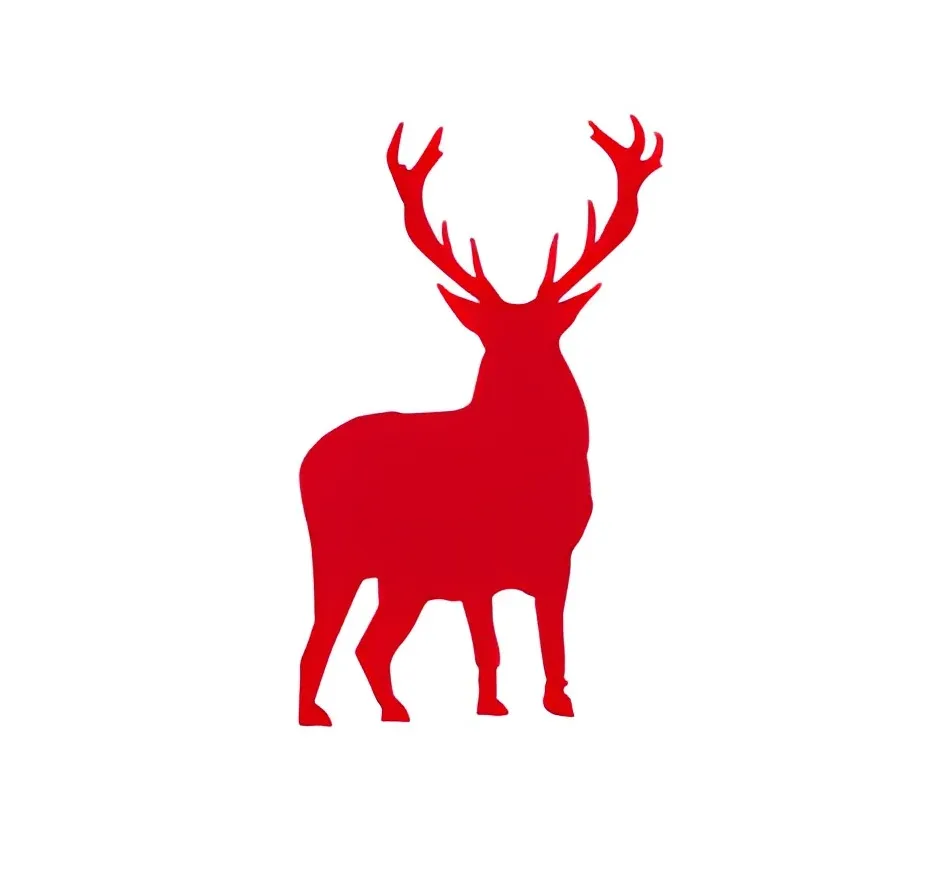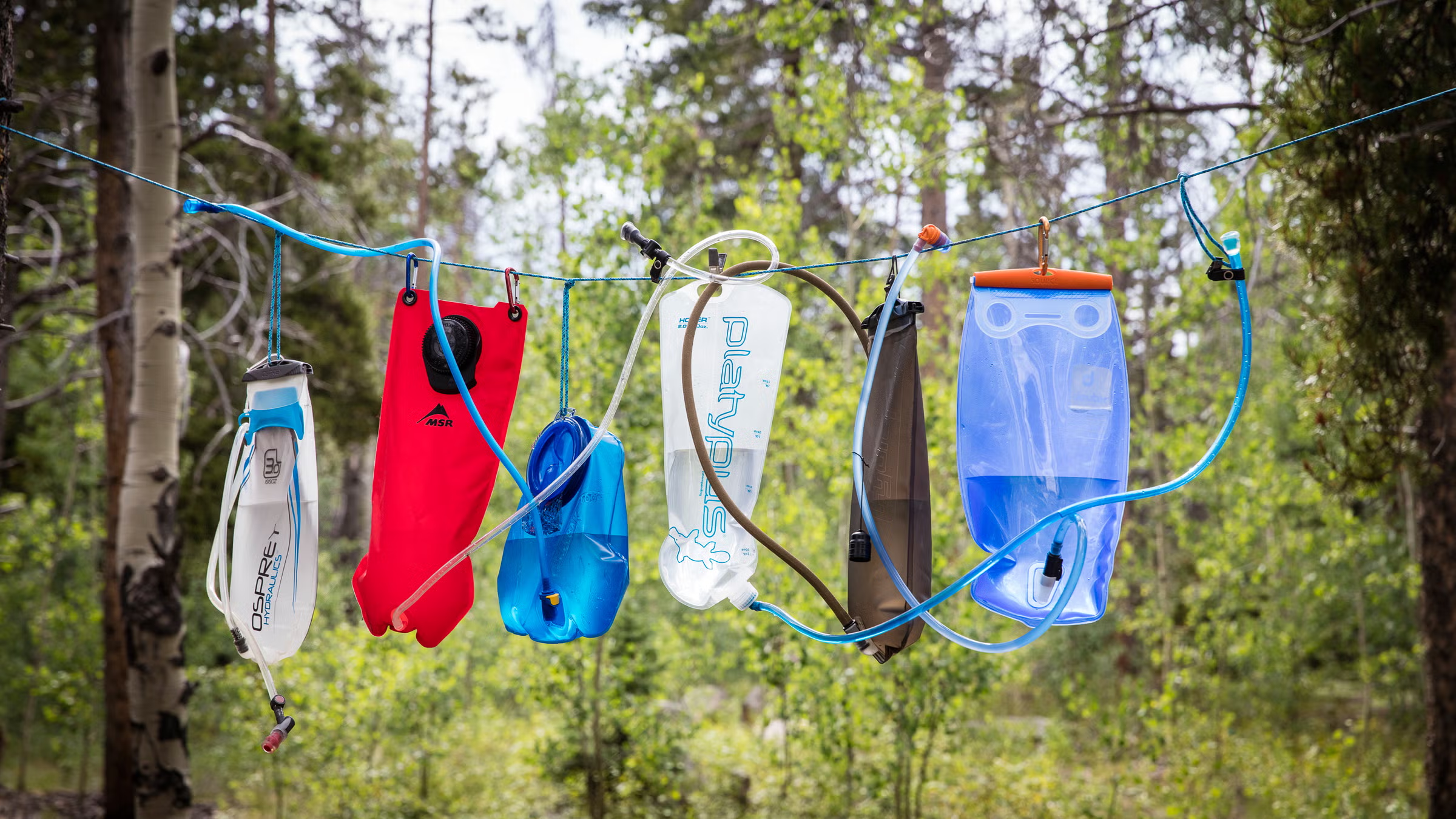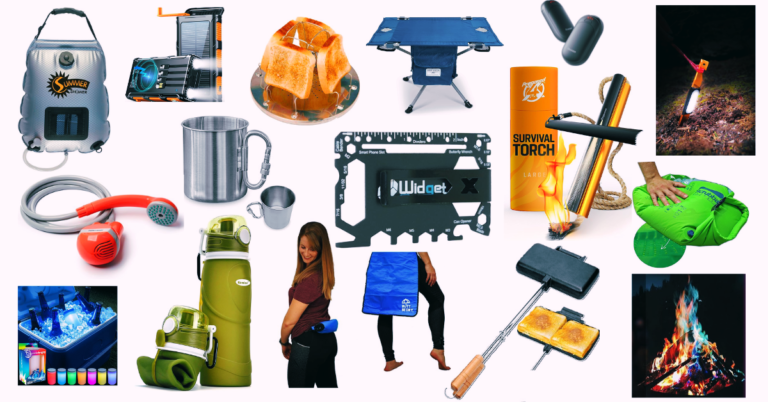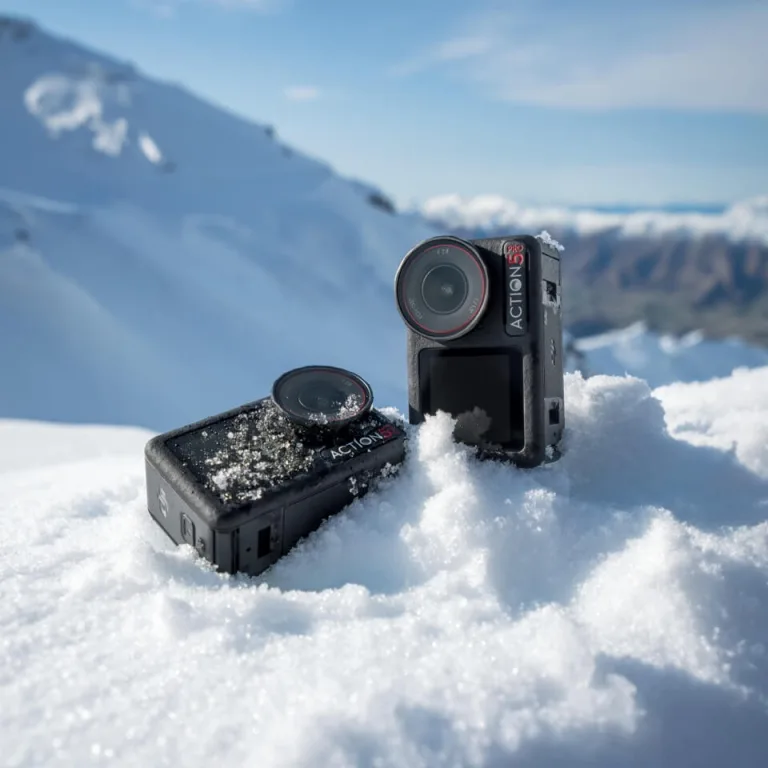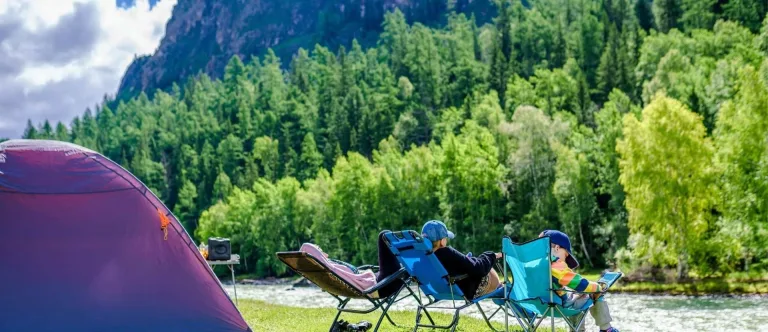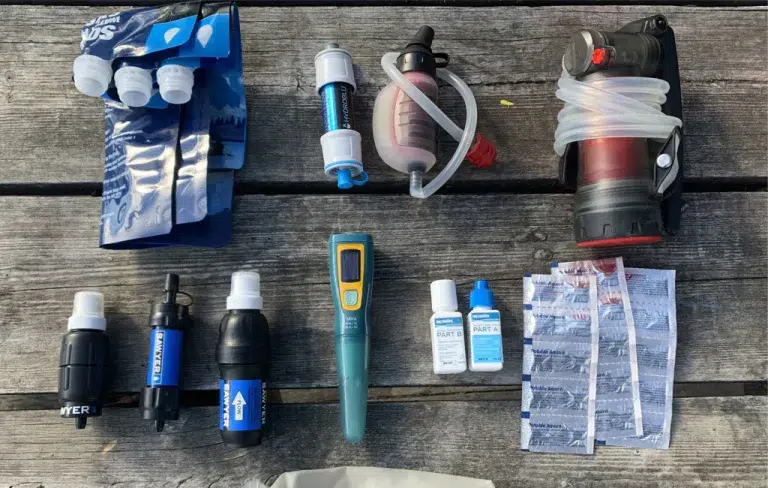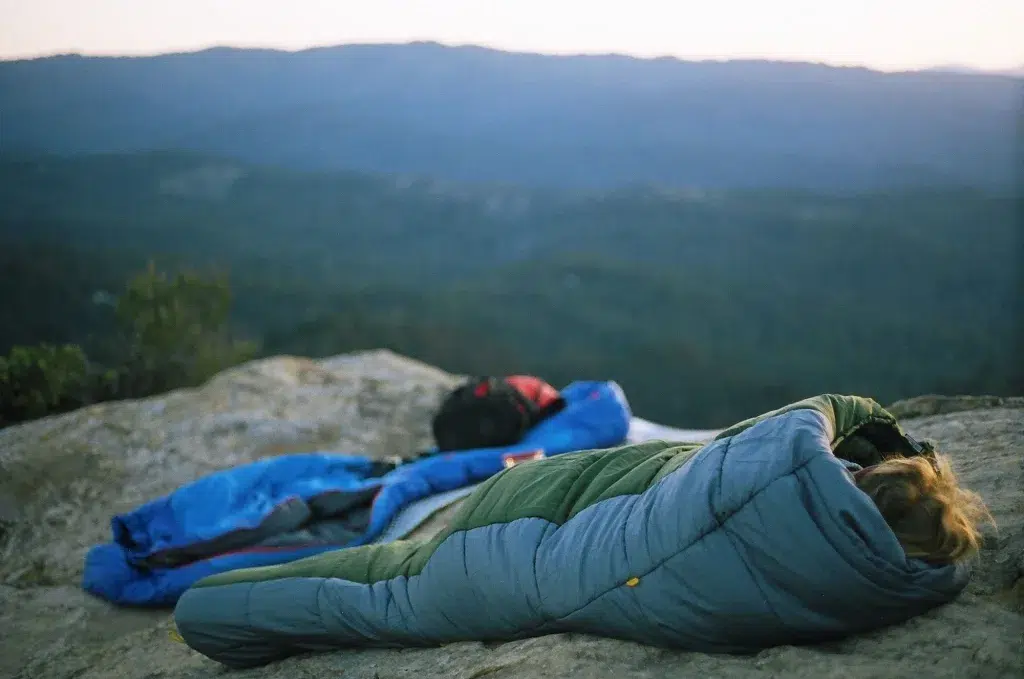
Choosing the right sleeping bag for camping or backpacking can mean the difference between a refreshing night’s sleep under the stars or a miserable, sleepless struggle in the cold. With countless options on the market, we’ve narrowed it down to the 9 best sleeping bags to invest in 2025, based on firsthand community insights and trusted user feedback. Whether you’re a thru-hiker, weekend camper, or van-lifer, this guide has you covered.
Overview
If you’re in a rush, here’s a summary of the 9 best sleeping bags for camping and backpacking we’ve curated based on the full review below.
| Sleeping Bag | Temp Rating | Best For |
|---|---|---|
| 1. Teton Celsius | Rated to 0 °F | Car camping, family use, cold-season comfort |
| 2. Kelty Tru.Comfort | 20°F / -6°C | Roomy design with built-in blanket |
| 3. Coleman Brazos 20/30°F | 20-30°F | Affordable and durable for casual use |
| 4. Nemo Disco 15 | 20°F / -6°C | Wet conditions, reliability |
| 5. NEMO Disco 30 | 30°F / -1°C | Side sleepers, casual camping |
| 6. Kelty Cosmic 20 | 20°F / -6°C | Budget-friendly backpacking |
| 7. Teton Leef | 30°F / -1°C | Ultralight minimalist trips |
| 8. Featherstone Moondance 25 | 25°F | Ultralight and compact for backpackers |
| 9. Big Agnes Echo Park 20 | 20°F / -6°C | Wide fit and pad sleeve for restless sleepers |
Terms to Understand
| Category | What It Means | What to Look For |
|---|---|---|
| Temperature Rating | Lowest temperature the bag is designed to handle (ISO/EN standard). Split into Comfort (for cold sleepers) and Limit (for warm sleepers). | Choose a bag rated 5–10°F lower than the coldest temps you’ll face. |
| Insulation Type | The material inside the bag that traps heat. Down = compressible; Synthetic = better when wet. | Down for ultralight trips, synthetic for wet or budget-conscious trips. |
| Weight | Critical for backpackers. Heavier bags are fine for car camping. | Under 3 lbs for backpacking. Don’t obsess over weight if you’re not hiking long distances. |
| Packed Size | How small it compresses in a stuff sack. | Down packs smaller. Look at volume in liters or dimensions. Handy for pack space planning. |
| Shape | Mummy, semi-rectangular, or rectangular. Mummy is snug and warmer; rectangular is roomy but draftier. | Mummy for warmth and efficiency. Rectangular for summer, car camping, or bigger folks. |
| Shell Material | The outer fabric. Affects durability, water resistance, and noise. | Ripstop nylon or polyester with DWR coating is common and durable. Avoid crinkly budget bags. |
| Zipper & Ventilation | Full-length vs. half zips, 2-way zips, and foot vents. | 2-way zippers let you vent your feet. Draft tubes prevent cold spots along the zip. |
| Water Resistance | DWR-treated shells shed light moisture. Down insulation should be treated if you expect humidity or condensation. | Consider hydrophobic down or fully synthetic in wet climates. |
If the table bored you out, here’s a visual breakdown of a mummy sleeping bag.

Key Considerations Before getting a Sleeping Bag
Before you dive into the top-rated picks, it’s essential to understand how to choose the right sleeping bag for your specific needs. This part answers the most common questions campers ask when shopping for a reliable sleeping bag.
1. What Temperature Rating?
| Bag Rating (°F / °C) | Season / Conditions | Use Case |
|---|---|---|
| +35°F / +2°C and up | Summer / Warm Weather | Mild summer nights, indoor use, car camping in warm climates |
| +20°F to +34°F / -6°C to +1°C | 3-Season (Spring/Fall) | Ideal for most camping—works in cool nights, but not deep winter |
| +10°F to +19°F / -12°C to -7°C | Cold Weather / Light Winter | High-altitude or shoulder-season backpacking, mild winter camping |
| 0°F to +9°F / -18°C to -13°C | Winter | Snow camping, alpine expeditions, serious cold environments |
| Below 0°F / Below -18°C | Extreme / Expedition Use | Mountaineering, Arctic trips, deep winter bug-out gear |
Temperature rating is the most critical factor when choosing a sleeping bag. Ask yourself: What’s the coldest temperature I’ll likely face on my trip?
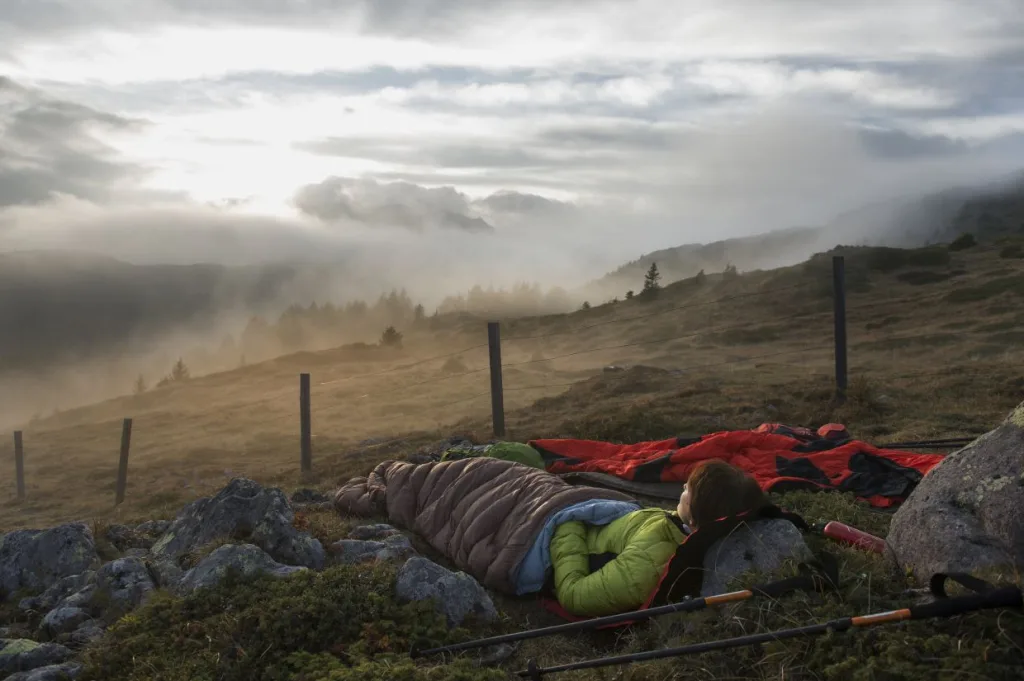
- Summer trips: Look for sleeping bags rated 35°F and above.
- Three-season camping: A 20°F to 30°F range is ideal for versatility.
- Winter expeditions: You’ll need a bag rated 0°F or lower for true cold-weather protection.
Pro Tip: Always base your choice on the comfort rating, not the “limit” or “extreme” ratings, for a realistic estimate of warmth.
2. Understanding Temperature Ratings: EN vs. ISO
Modern sleeping bags are tested using standardized methods like EN (European Norm) or ISO (International Standards Organization) to provide consistent and accurate warmth ratings. Here’s a guide for reference though:
- Comfort Rating: The temperature at which a cold sleeper remains comfortable.
- Limit Rating: The lowest temperature a warm sleeper can handle curled up.
- Extreme Rating: The absolute minimum for survival—not recommended for regular use.
When in doubt, choose by the comfort rating, especially if you’re not layering heavily. Sleeping Bag Temperature Ratings Guide | REI Expert Advice could be helpful too.
3. What Kind of Insulation Is Better: Down or Synthetic?
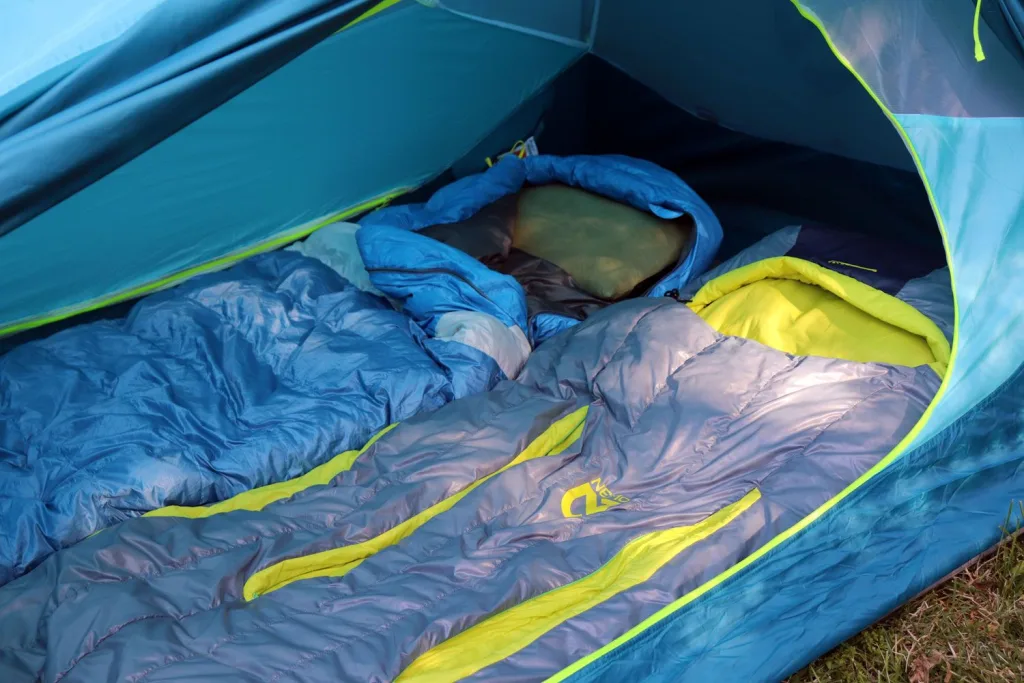
Each insulation type has its pros and cons, depending on your environment and budget:
- Down insulation:
- Lightweight
- Highly compressible
- Excellent warmth-to-weight ratio
- Long-lasting when cared for properly
- Synthetic insulation:
- Performs better in wet or humid conditions
- Dries faster
- Typically more budget-friendly
- Hypoallergenic options available
For wet climates, go synthetic. For lightweight efficiency, down is unbeatable.
4. Should I Worry About Weight and Packability?
If you’re backpacking or hiking, weight and compressibility are crucial:
- Opt for bags under 3 lbs that compress into a small stuff sack.
- If you’re car camping, weight isn’t a concern—go for comfort over compactness.
A good balance between weight, warmth, and packed size makes all the difference on the trail.
5. What Shape Sleeping Bag is Best for Me?
The shape of a sleeping bag directly affects its warmth, space, and comfort.
Mummy Bags
These bags are usually:
- Tapered cut for thermal efficiency
- Snug fit conserves body heat
- Best for cold weather and ultralight backpacking

Rectangular/Semi rectangular Bags
These bags are usually:
- Spacious and breathable
- Great for car camping, indoor use, and warmer climates
- Ideal for side sleepers or those who toss and turn
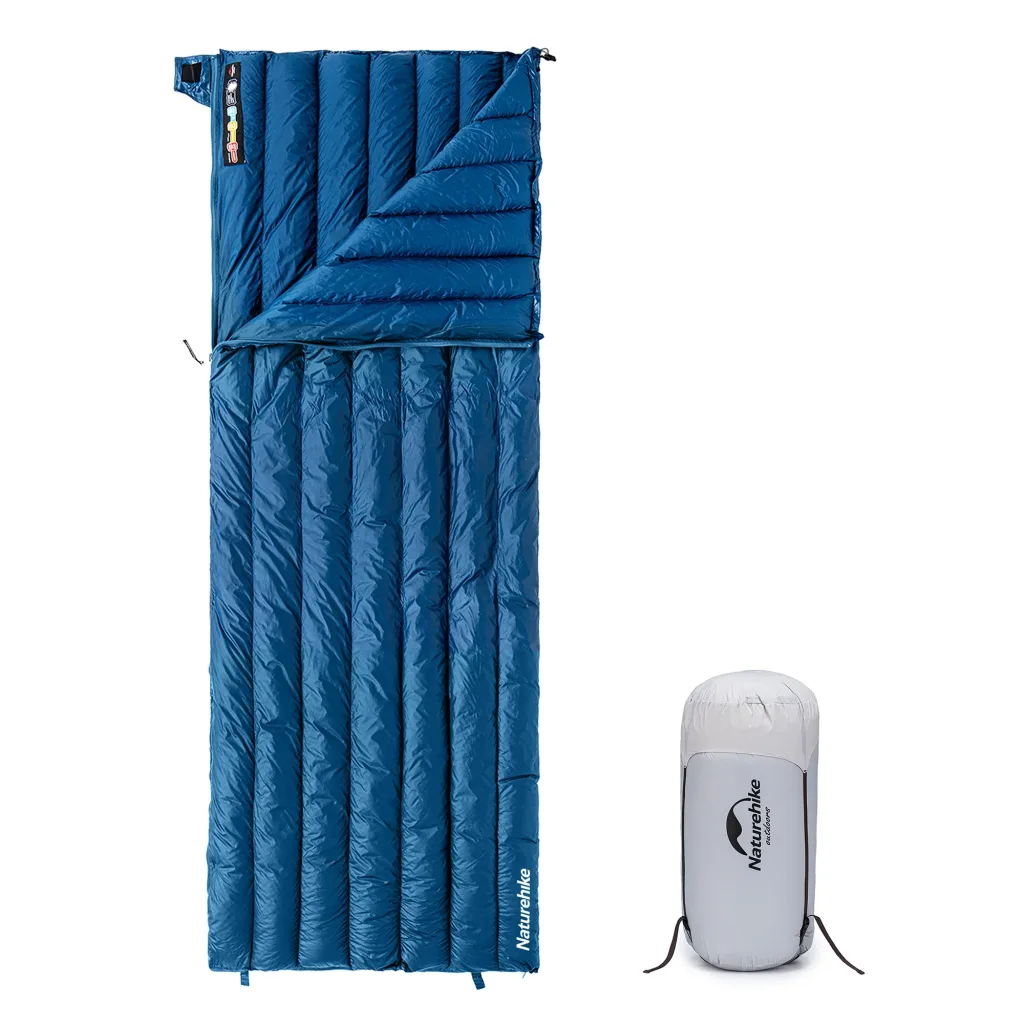
Full Reviews
1. TETON Sports Celsius 0°F (most affordable)
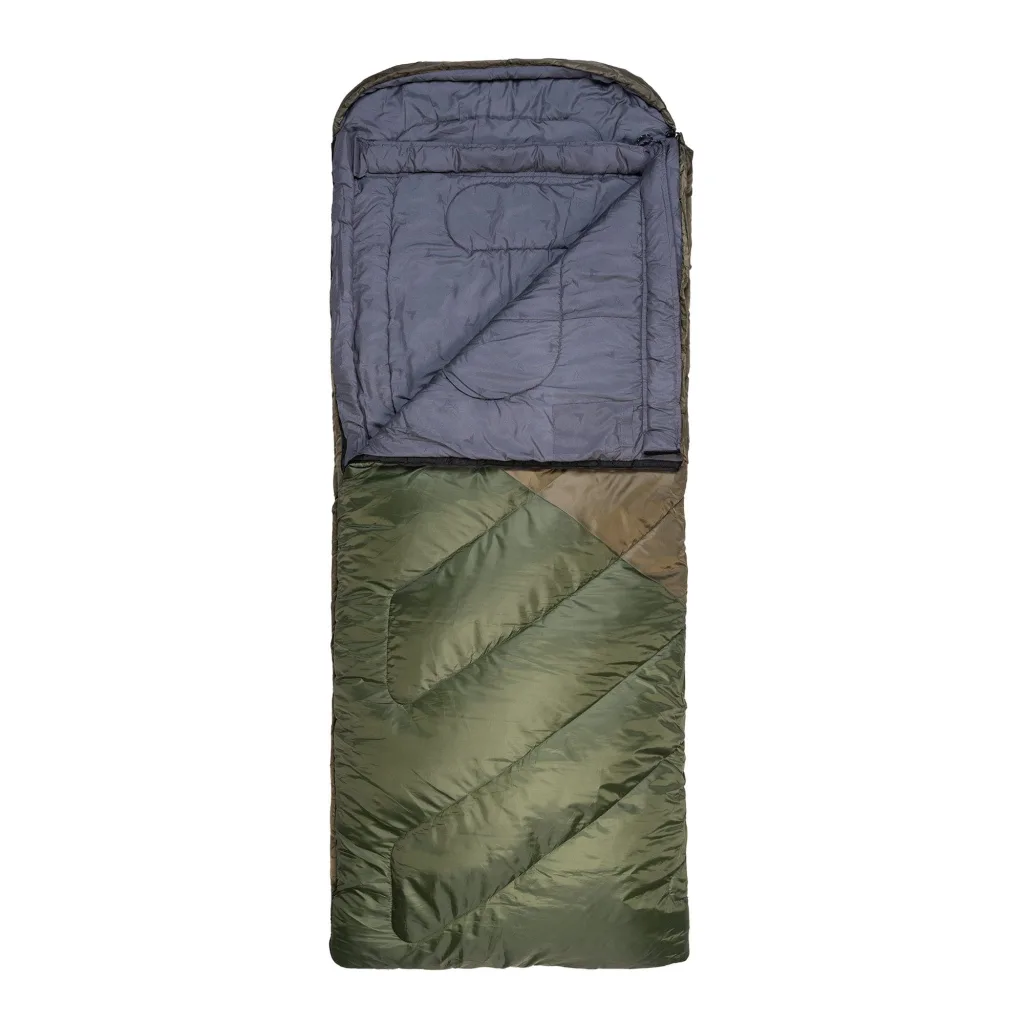
Initial thoughts:
The TETON Celsius 0°F is built for warmth and comfort, ideal for car camping and cold nights. It’s roomy, well-padded, and affordable, making it a favorite among casual campers.
Specs:
- Insulation: SuperLoft synthetic
- Temp Rating: 0°F (–18°C)
- Weight: ~4.9–6.5 lbs (varies by size)
- Best For: Cold-weather car camping, budget-friendly trips
2. Kelty Tru.Comfort Doublewide 20 (with blankies)

Initial thoughts:
Designed for couples or co-sleepers, the Kelty Tru.Comfort Doublewide 20 offers a spacious design and adjustable warmth options. It’s ideal for car camping where size and weight aren’t a concern.
Specs:
- Insulation: CloudLoft synthetic
- Temp Rating: 20°F (–7°C)
- Weight: 9 lb 8 oz
- Best For: Couples, car camping, casual comfort
3. Coleman Brazos 20/30°F
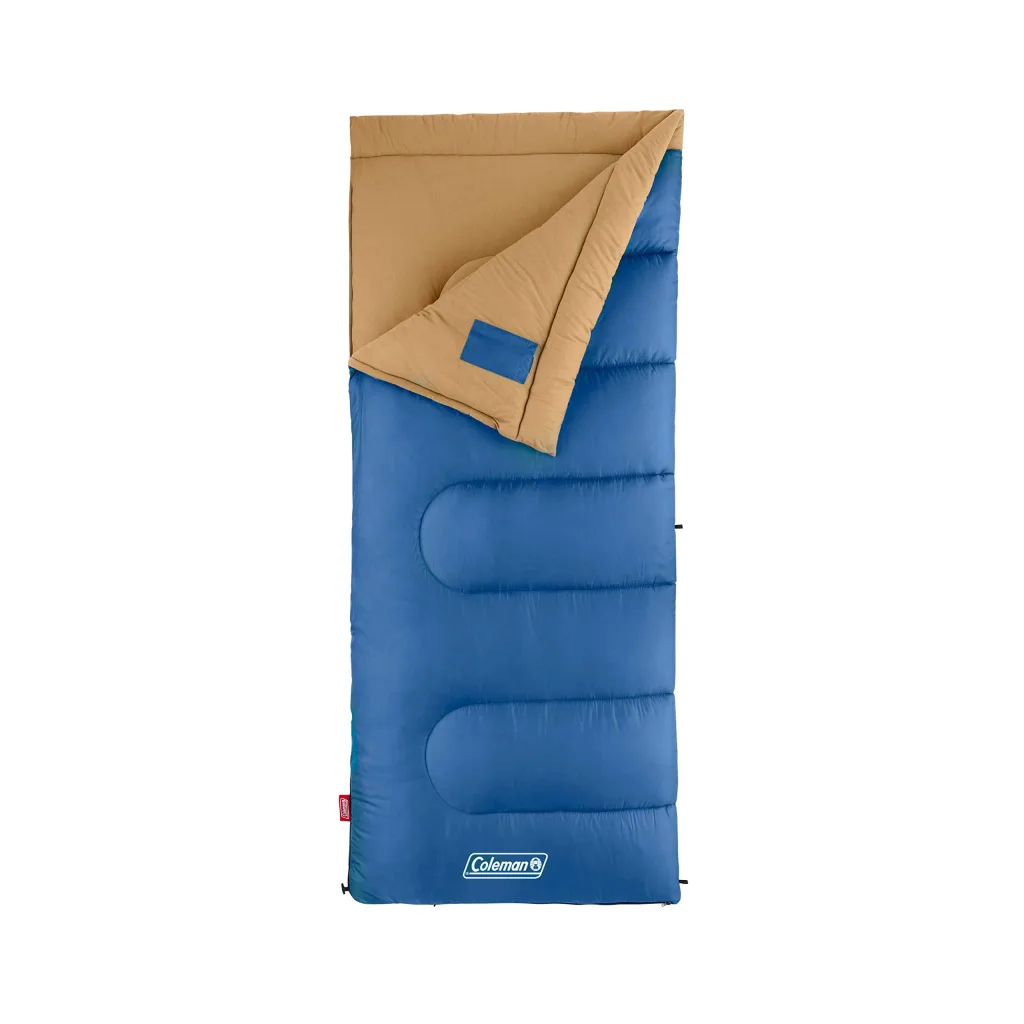
Initial thoughts:
The REI Co-op Magma 15 delivers warmth, low weight, and a competitive price. With premium down fill and a well-tailored design, it’s a top pick for three-season backpacking.
Specs:
- Insulation: 850-fill goose down
- Temp Rating: 15°F (–9°C)
- Weight: 1 lb 12 oz
- Best For: Lightweight backpacking, alpine treks
4. Nemo Disco 15

Initial thoughts:
The Nemo Disco 15 is famed for its exceptional comfort and versatility, especially for side and restless sleepers. Its unique “spoon” shape provides generous room at the elbows and knees, allowing for natural movement throughout the night.
Featuring water-resistant, responsibly sourced down, the Disco 15 excels at balancing warmth, sustainability, and thoughtful features. It’s ideal for campers seeking comfort in a wide range of conditions and for those who dislike the constriction of traditional mummy sleeping bags.
Specs:
- Insulation: 650-fill-power, PFC-free, hydrophobic duck down (RDS certified)
- Temp Rating: 15°F (–9°C) ISO Lower Limit; Comfort: 27°F (–3°C) (Men’s Regular)
- Weight: 2 lbs 11 oz (Regular), 2 lbs 15 oz (Long)
- Best For: Side sleepers, three-season backpacking, car or tent camping; those prioritizing comfort and adjustability over ultralight weight
5. NEMO Disco 30
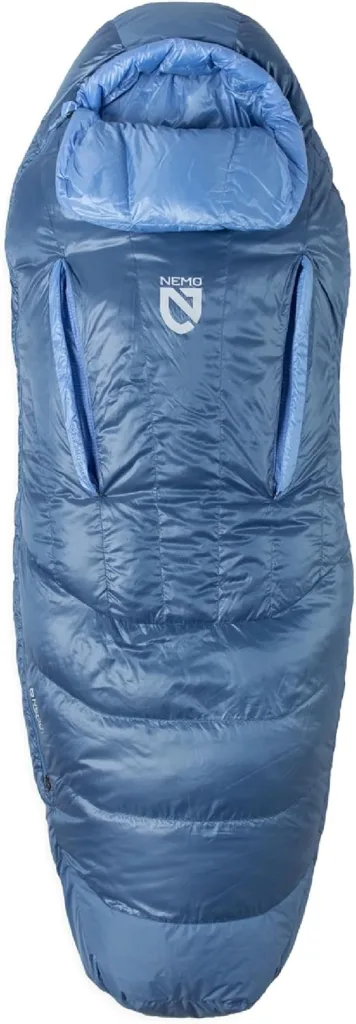
Initial thoughts:
The NEMO Disco 30 stands out for its spoon-shaped design, ideal for side sleepers who need room to move. It includes smart features like Thermo Gills for better temperature control.
Specs:
- Insulation: 650-fill down
- Temp Rating: 30°F (–1°C)
- Weight: 2 lbs 11 oz
- Best For: Side sleepers, comfort-focused backpackers
6. Kelty Cosmic 20

Initial thoughts:
A go-to for entry-level backpackers, the Kelty Cosmic Down 20 offers dependable warmth and durability at an accessible price. It’s a strong choice for casual camping and shoulder-season hikes.
Specs:
- Insulation: 550-fill down
- Temp Rating: 20°F (–6°C)
- Weight: 2 lbs 10 oz
- Best For: Budget backpacking, 3-season camping
7. Teton Leef
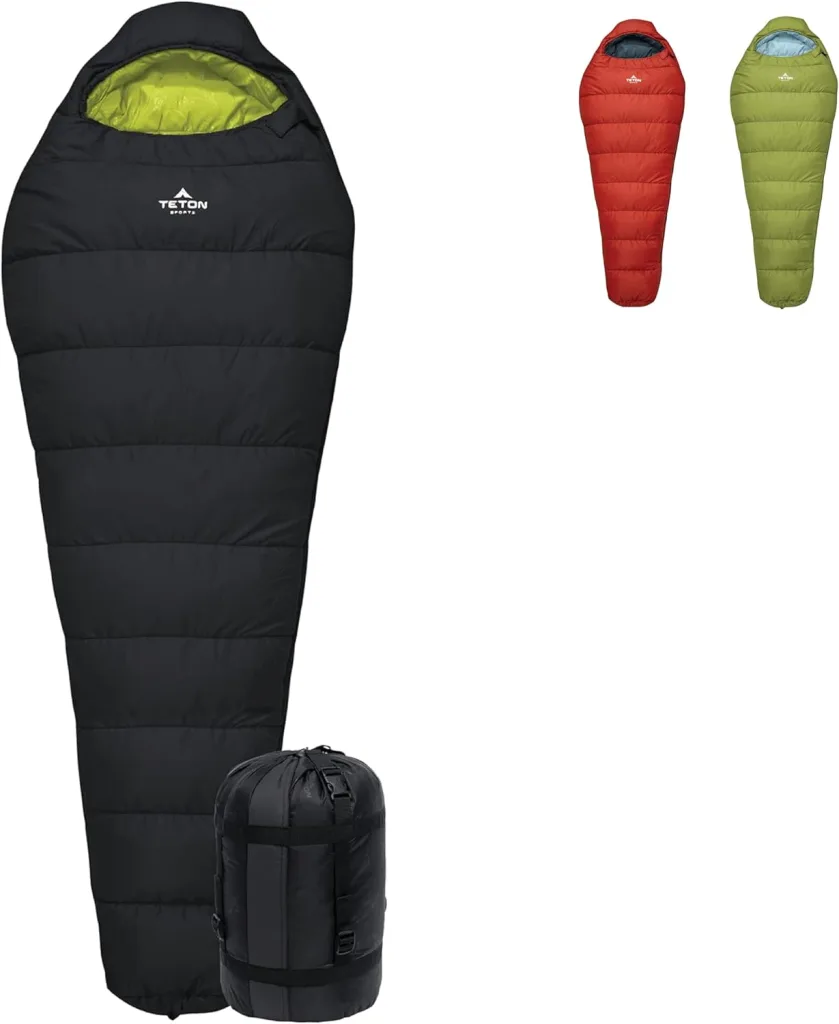
Initial thoughts:
The Teton Leef 0 is a budget-friendly, synthetic mummy sleeping bag designed to keep campers warm in cold conditions while offering better-than-average roominess for a mummy style. It’s made to balance affordability, comfort, and durability, featuring a plush microfiber lining and robust 40D nylon shell.
The bag is ideal for entry-level backpackers or car campers who want dependable warmth for three- to four-season trips, though its weight makes it better suited for camping than ultralight backpacking. While it boasts a 0°F (–18°C) survival rating, most users find it performs best above freezing unless paired with extra insulation.
Specs:
- Insulation: PolarLite Micro or Microfiber synthetic fill
- Temperature Rating: 0°F (–18°C) (survival); realistic comfort rating closer to 23–34°F (–5 to 1°C)
- Weight: 4.2lb (1.9kg)
- Best For: Budget-conscious campers needing warmth, comfort, and durability for cold three-season or mild winter trips, especially for car camping or short backpacking ventures.
8. Featherstone Moondance 25
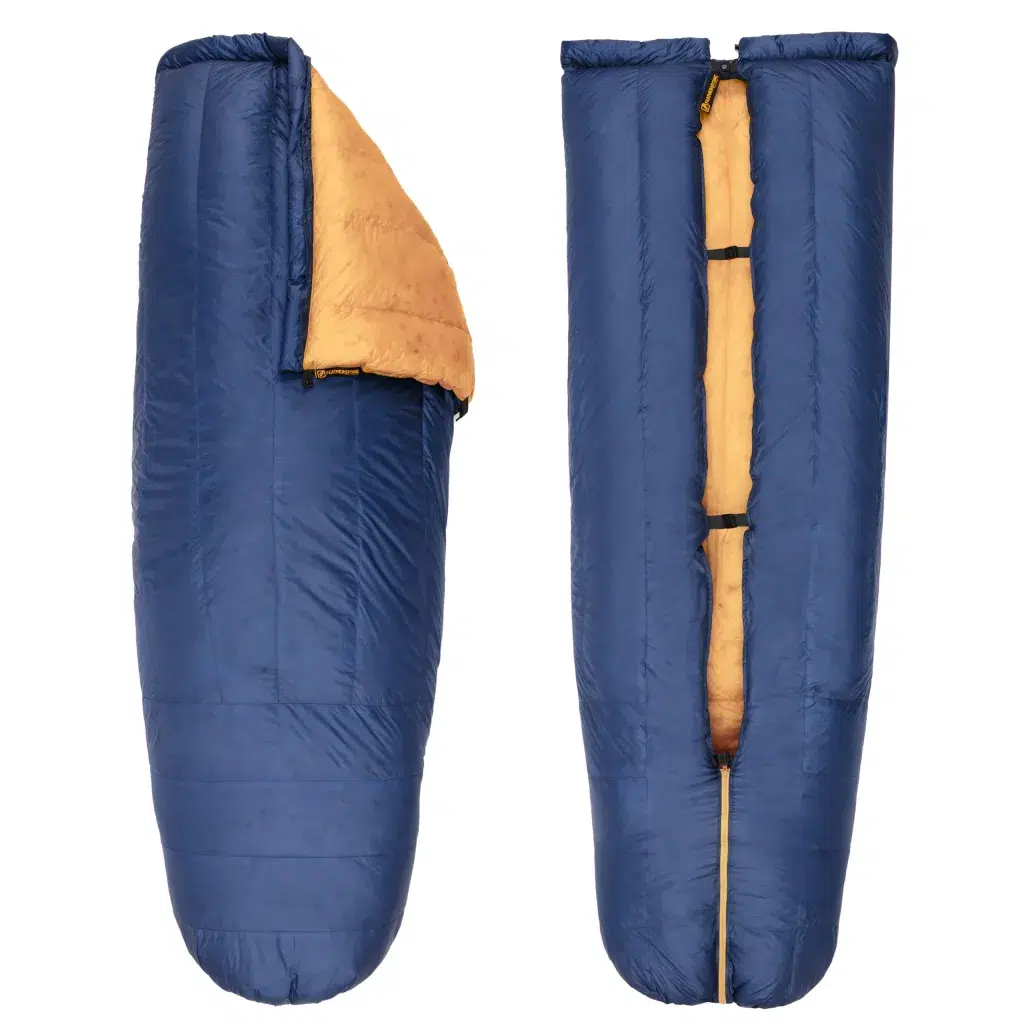
Initial thoughts:
The Featherstone Moondance 25 is a lightweight, well-priced top quilt ideal for weight-conscious backpackers and campers who want warmth and versatility in a variety of climates.
Its high-quality 850-fill DownTek-treated down insulation delivers reliable performance, even in damp conditions. With box-baffle construction, a draft collar, and a cinchable footbox, the Moondance 25 offers comfort near its temperature limit and strong resistance against drafts and cold spots.
Its design is best for those seeking a flexible sleep system that balances warmth, packability, and affordability, especially for three-season use.
Specs:
- Insulation: 850 fill power DownTek PFC-Free Grey Duck Down (RDS certified)
- Temp Rating: ISO T-Limit 26°F (–3°C), T-Comfort 36°F (2°C), T-Extreme –4°F (–20°C)
- Weight: 1 lb 7 oz (Regular), 1 lb 11 oz (Long/Wide); actual weight may vary slightly (up to 25.5 oz)
- Best For: Lightweight backpacking, three-season camping, hammock or ground use where moisture resistance and reliable warmth are valued
9. Big Agnes Echo Park 20
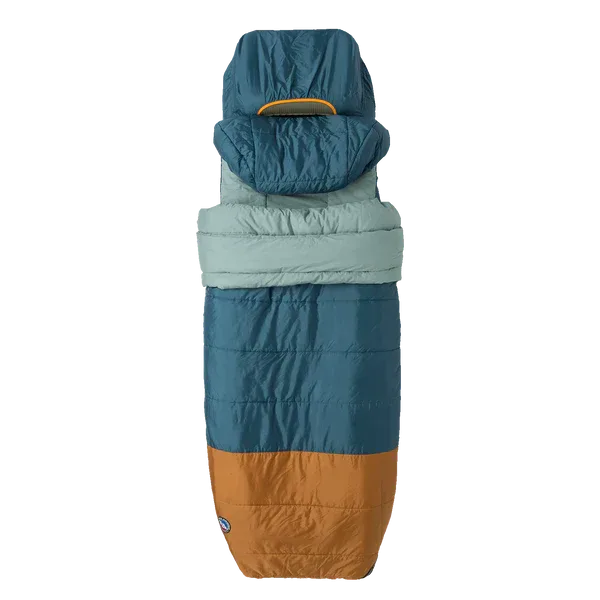
Initial thoughts:
The Big Agnes Echo Park 20 is built for comfort, with wide dimensions and a sleeping pad sleeve. It’s best for larger campers or anyone who prioritizes room to move.
Specs:
- Insulation: Synthetic
- Temp Rating: 20°F (–6°C)
- Weight: 3 lbs 12 oz
- Best For: Big and tall users, basecamp or vehicle camping
Which One Fits Your Needs?
Here’s a quick overview of sleeping bag types and their ideal applications based on the 9:
| Trip Type | Recommended Sleeping Bag Type |
|---|---|
| Ultralight backpacking | Mummy, high-fill down |
| Car camping | Rectangular, synthetic |
| Cold-weather hiking | Mummy, 0°F rated, down |
| Side sleepers | Spoon or hybrid design (e.g., NEMO Disco) |
| Budget-conscious campers | Synthetic with EN/ISO rating |
Final thoughts

Whether you’re trekking high alpine trails, going on a chilly winter expedition or enjoying a family weekend at a campsite, the right sleeping bag can make or break your outdoor experience. The sleeping bags we’ve reviewed are a perfect blend of warmth, comfort, innovation, and value—each tailored to a specific use case, climate, and user need.
From the ultralight excellence of the Featherstone Moondance 25 , to the cozy versatility of the NEMO Disco 30, this curated list ensures there’s a high-performance option for every kind of adventurer.
So, when selecting your ideal sleeping bag, always prioritize:
- Temperature rating that suits your climate
- Insulation type that matches your gear preferences
- Weight and shape that align with your travel style
With 2025’s advancements in insulation, eco-materials, and ergonomic design, there’s never been a better time to invest in a bag that guarantees comfort and quality sleep outdoors. Do also check on our articles 30 Essential Items You Might Need for Winter or 52 Best Items for Camping and Hiking if you need help for your trip as well.
your next great night’s sleep in the wild starts here.
Till next time!
